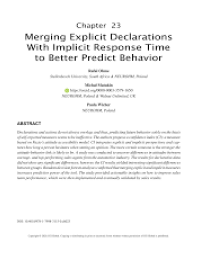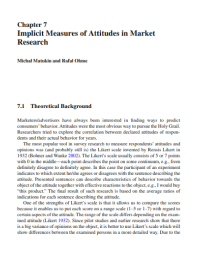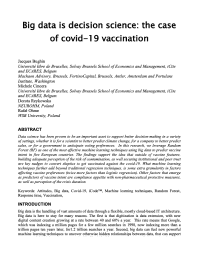Reveal hidden emotions.
Remotely and instantanously.
A DIY platform to democratize implicit testing.

Trusted by 1 328 customers worldwide
What is iCode?
It is a do-it-yourself platform made to democratize implicit testing. Believe it or not, your brain is operationally divided into two – emotional and rational, subconscious and conscious, automatic and controlled, system 1 and system 2, implicit or explicit.
With iCode you can go beyond pure declarations or self-reports. Thanks to our proprietary algorithms and individual calibrations, we can weed out all the premature answers as well as those characterized by conscious rationalisation and conformity. As a result, we can extract deep-seated sentiments, easily-accessible attitudes, and emotional opinions. With iCode, you transcend what is rational, you have access to what is emotional, what is implicit and what is subconscious.
Made so simple...
... yet so incredibly versatile

Brand Testing
- test your brand image
- compare you brand to your competitors
- track changes in your brand perception
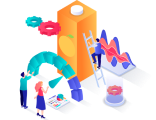
Product Performance
- find out what people really think about your product – no matter what they declare
- check if your product will succeed
- explore customers’ needs for your product

Ad Effectiveness
- test the strength of your communications
- check which elements need improvements
- compare campaigns and pick the best one

Concept Strength
- find what your customer genuinely need
- discover what concept best describes your products
- create a message that appeals to consumers on the emotional level

Package Design
- design products that people desire
- color, shape, or opening – check which areas require lifting
- rank your products and roll out the one with the highest potential

Sensory Research
- test any type of fragrance or taste
- check what wording corresponds best with your product’s sensory pallet
- pick a perfect scent for your product

Claims Testing
- pick the proper description of your brand or product
- evaluate your communication
- rank your claims and pick the most effective one

HR Research
- define the problems the company is facing
- determine the strongest assets of your team
- use a battery of questions for scanning and diagnosing your company’s effectiveness
Decades of experience
in consumer neuroscience and human behavior.

2004
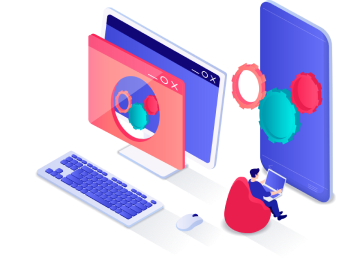
2011

2017


2010

2014

2004

2010

2011

2014

2017
Don't just take our word for it...
iCode easily identifies better performing fragrance
Case overview
Client: A hair care company
Research method: iCode Smart test
When: 2020
Goal: choosing the best fragrance for a new hair product
Results
- 89% of respondents marked Fragrance A as refreshing, even though only 45% truly believed this was true
- Fragrance B was comforting on an emotional level by 60% respondents
- Fragrance B scored better results and the company chose it for their product
Client’s challenge
Research
Results
declarations
Fragrance A
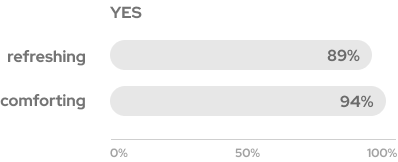
Fragrance B
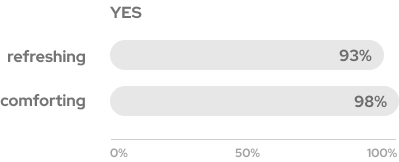
- both scents are perceived as refreshing and comforting
- the release of each of the fragrances will achieve the intended goals
with iCode
Fragrance A
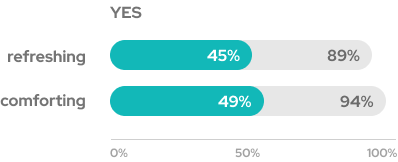
Fragrance B
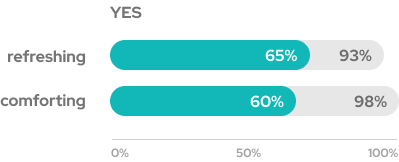
- implicitly Fragrance B was perceived as refreshing and comforting significantly more than Fragrance A
- the second fragrance is recommended for release, as its perception is much closer to the impression envisioned by the company
How iCode saved a company from running an ineffective coffee ad
Case overview
Client: Segafredo
Research method: iCode Smart test
When: 2019
Goal: checking the effectiveness and value-recognition within a new campaign
Results
- 13% more effective communication
- 5th position among professional Italian coffee bean distributors
- 5% growth in coffee beans distribution
- gaining insights into emotional reactions – vital for future campaigns
Client’s challenge
Research
Original version of the ad

Outcome:
- only 29% of consumers associated Segafredo with being a barista at their own home and with motivation to act big
- conclusion – two main attributes were not yet well established with the brand
Recommendations:
- the communication of the ad should emphasize the abovementioned values
- on top of that, based on iCode results, we advised visual changes – beauty shots improvement and stronger brand exposure at key moments to better link essential values with the Segafredo brand
Road to the goal
Improved version of the ad

Outcome:
- 39% of consumers now associated Segafredo with being a barista at their own home (10% increase)
- 45% of consumers now associated Segafredo with motivation to act big. (16% increase)
- the changes implemented to the ad resulted in boosting the brand image
Recommendations:
- the ad is now ready to be launched on air!
- the communication of the ad now has a higher potential to move consumers emotions and motivate them
Results

Joanna Sobyra
How iCode ensured that an advertisement was well-adjusted for a specific market. Or was it?
Case overview
Client: Budweiser
Research method: iCode Smart test
Goal: making sure that an ad designed for another country would prove effective in Poland by growing the sales potential
Results
- more than 80% of consumers agreed that the advertisement was moving and encouraged them to buy the beer
- on an emotional level, over 65% of consumers were confident that the ad was moving…
- …however, only 20% of consumers were indeed encouraged to buy beer after watching the advertisement
Client’s challenge
Research
declarations
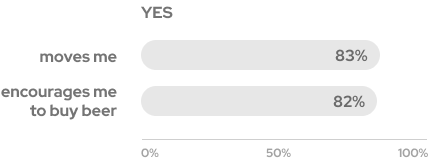
- 82% of Poles agree that women can hold managerial positions
- conclusion of results without iCode: in Poland, the advertisement will move consumers and positively impact the brand’s image and the sales potential of Budweiser products
- but is that really so?
with iCode
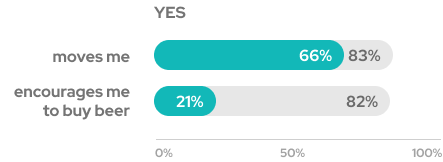
- over 65% of consumers were confident that the advertisement was moving
- after watching the advertisement, only 20% of consumers were indeed encouraged to buy Budweiser beer
- advised additional sales support communication in Poland
Results
Unraveling the truth about gender bias about managerial positions with iCode
It would seem that the culturally rooted narrative of a male leader is long gone and that managerial competencies have no gender, right? A nationwide study, “Believe in yourself” conducted on a representative sample of Poles in collaboration with SAP allowed us to uncover a secret hidden under the cloak of declarations – until now.
Case overview
Client: SAP Poland
Research method: iCode Smart test
When: 2021
Goal: determining if there are hidden emotions and attitudes towards women holding managerial positions in companies
Results
- on a declarative level, 82% of Poles agree that women can hold managerial positions…
- …but, in fact, only 1 person out of 4 believes on an emotional level that women are suitable for managerial positions
Client’s challenge
Research
declarations

- 82% of Poles agree that women can hold managerial positions
- conclusion of results without iCode: the belief in managerial competencies of women does not need to be strengthened in either of the sexes. But is that really so?
with iCode

- the measurement of emotional certainty revealed that only 27% of respondents believe that women are suitable for holding managerial positions!
Results

Thomas Duschek
Pricing
Do-It-Yourself
- unlimited number of respondents
- no licence fee
- free instructional call
- tech and scientific support
- discounts for big and longitudinal projects
Done-For-You
Have a question?
Frequently Asked Questions
- actionable insights – the additional dimension enables more in-depth conclusions;
- more complete stories – additional information for Clients;
- a comfortable way to identify valuable insights – an additional tool to facilitate the research process;
- the emotional side of consumers’ attitudes – an additional and simple solution to provide Clients with a real way to measure emotions.
-
- are connected with the stimuli (e.g. brand),
- are representatives of the most important values and features (e.g. of the product image),
- are a reflection of the way in which the stimulus is communicated (e.g. via TV commercials),
- are ready to be used as an inspiration to produce actionable results – e.g. you can build your communication on these statements,
- should be simple in meaning, avoid complex or ambiguous statements,
- should be frequently used by the tested target audience,
- avoid combined meaning in one go (e.g. “smart and intuitive”, in iCode you should split this statement into 2 separate ones),
- avoid negation, as on the implicit level the brain takes additional cognitive effort to process it.



